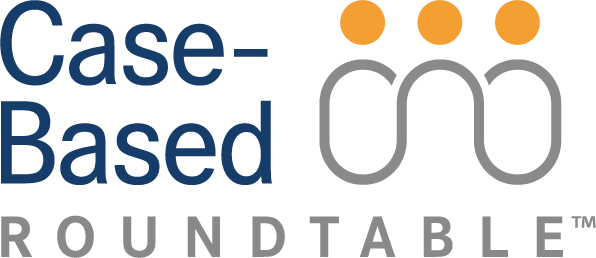
Manageable Toxicities Allow For Flexible Treatment in RRMM

In the second article of this 2-part series, Sikander Ailawadhi, MD, discusses how understanding the safety profile of the bispecific antibody teclistamab allows for physicians to treat and monitor their patients in a better way for them.
CASE
- A 63-year-old man from a rural community was diagnosed 8 years ago with multiple myeloma (IgG-κ).
- Recently, he presented with penta-refractory disease progression (4 prior lines of therapy that included autologous stem cell transplant (ASCT), 2 proteasome inhibitors, 2 Immunomodulatory agents (IMiDs), and 1 anti-CD38 antibody drug).
- Medical history includes hypertension controlled with lisinopril.
- ECOG performance status: 1
- The patient asked about chimeric antigen receptor CAR T-cell therapy, but after counseling, opted to pursue an alternative therapeutic due to length of waiting lists at accessible institutions.
Targeted Oncology: How does administration and monitoring of patients change in the inpatient vs outpatient setting for relapsed/refractory multiple myeloma (RRMM)?
Ailawadhi: The safety profile [with teclistamab (Tecvayli)] is important, because...there are some patients who will be on completely inpatient treatment for the first month. On the other hand, we had a system in place and were immediately [able to] utilize treatment for a completely outpatient experience. [This came] out of the necessity for a patient who we thought was a good candidate and had to get treatment, but there was no bed right away. Now, with prior authorizations for the drug, [it comes down to whether the treatment is being given in] the inpatient vs outpatient setting for reimbursement.
Again, our system was set up for outpatient chimeric antigen receptor [CAR] T-cell therapy and we're monitoring cytokine release syndrome [CRS] and neurotoxicities.... Since the drug came out, at all the 3 Mayo Clinic sites, our use of teclistamab has been exclusively outpatient. A couple of patients did end up getting admitted for CRS, but since the system was there [we could use it for most other patients]. So, the drug can be given anywhere...but you could, from a reimbursement standpoint, get the drug administered outpatient and then admit the patient for monitoring, as the reimbursement depends on where you give the drug.
What was the safety profile of teclistamab on the phase 1/2 MajesTEC-1 study (NCT03145181)?
[Many adverse events (AEs)], were hematologic but the important AE to look at is CRS because the hematologic AEs are manageable.1 Any-grade CRS was seen in 72.1% [n = 119] of the patients, but grade 3 or 4—severe CRS—[was seen in] almost 0.6% [n = 1]. It’s important to keep in mind that nobody, at least at the time of reporting, ended up discontinuing due to AEs. Infection [was seen in more patients], but not necessarily CRS or neurotoxicity. However, there were some skipped doses because of CRS, in 63% [n = 104] of patients, and the reason to point that out is despite skipping those doses, initially, the efficacy was maintained.1 The way to think about it is that if the AE is limiting the patient from getting one of those doses, [the efficacy is maintained], because these AEs tend to happen mostly in the earlier part of treatment anyways.
What is the infection profile with this drug class in patients with RRMM?
Another important piece about AEs with bispecific treatments is [to understand] is the infections—the weird infections, not just any infection. I think we can handle all the routine stuff, but with bispecific drugs there are some very unusual infections showing up [due to] the massive depletion of the T-cells that the patients have.... Some people have shared their experiences where random infections that show up with an allogeneic transplant. I've not had that happen with teclistamab, because we have a smaller cohort of patients with the commercial teclistamab, but at least with our bispecific treatments in clinical trials, patients are coming down with cytomegalovirus, retinitis, etc, in a state where they are minimal residual disease-negative with no disease but still have some of these bad viral infections.1 So, this is something to keep in mind that can happen even beyond long-term treatment because of the profound T-cell depletion.2
References:
1. Moreau P, Garfall A, van de Donk N, et al. Teclistamab in relapsed or refractory multiple myeloma. N Engl J Med. 2022; 387:495-505. doi:10.1056/NEJMoa2203478
2. Reynolds G, Cliff ER, Mohyuddin GR, et al. Infections following bispecific antibodies in myeloma: a systematic review and meta-analysis. Blood Adv. 2023;7(19):5898-5903. doi:10.1182/bloodadvances.2023010539








































